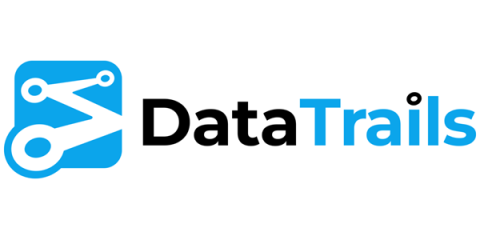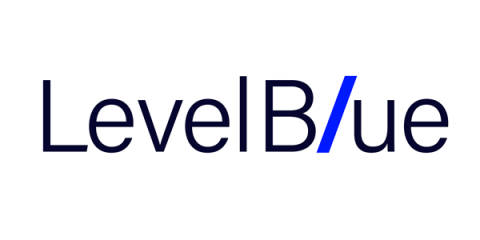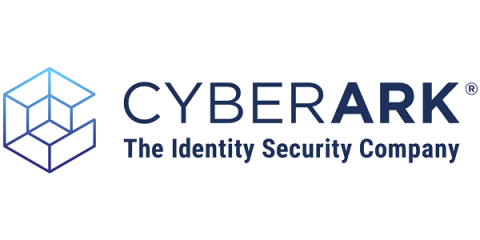SANS Releases Guide to Address Rise in Attacks on Manufacturing and Industrial Control Systems
Increased ransomware attacks on industrial control systems (ICS), mixed with general ICS insecurity found across the manufacturing sector, has given rise to a guide specifically addressing this risk. Manufacturing has been a target of ransomware for quite some time — I’ve even covered a recent attack focused on credential harvesting.











